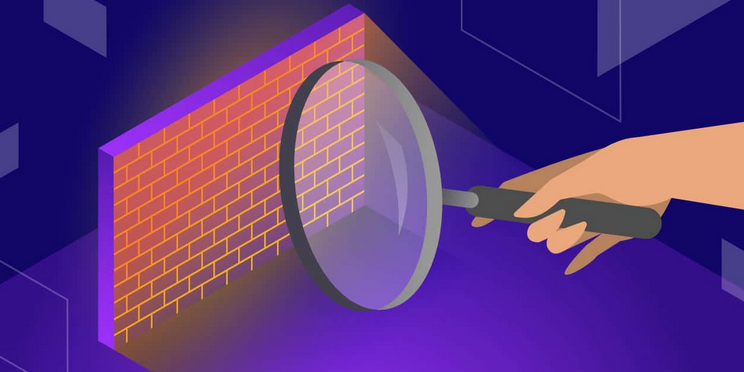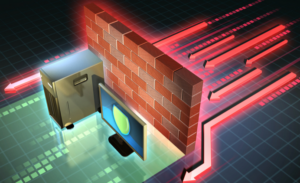
How to Set Up and Configure a Firewall for Your Home
Firewalls play a pivotal role in safeguarding your digital fortress from cyber threats. In this comprehensive guide, we’ll walk you through the steps of setting up and configuring a firewall for your home or business, ensuring robust protection against potential intruders.
Understand the Firewall Landscape
Understanding the dynamic landscape of firewalls is crucial before delving into the setup process. Firewalls act as digital sentinels, monitoring and controlling incoming and outgoing network traffic based on predetermined security rules.
To start, familiarize yourself with the two primary types of firewalls: hardware and software. Hardware firewalls are physical devices that stand between your network and potential threats, while software firewalls are applications installed on individual devices, providing a localized barrier.
Assessing Your Security Needs
Not all digital castles require the same level of defense. Assessing your security needs is the crucial first step in the firewall setup process. Identify the devices connected to your network, the nature of data you handle, and the potential risks your home or business may face. A thorough risk assessment will guide you in tailoring your firewall configuration to match your specific requirements.
Consider the sensitivity of the information you store and transmit. For a home network, protecting personal data may be the top priority, while a business might focus on safeguarding customer information, financial records, and proprietary data. This step ensures that your firewall is not just a barricade but a strategic defense tailored to your unique digital landscape.
Choose the Right Firewall Solution
With a clear understanding of your security needs, the next step is selecting the right firewall solution. Numerous options exist, ranging from built-in operating system firewalls to dedicated hardware devices. For home users, software firewalls integrated into antivirus programs may suffice, while businesses might opt for advanced hardware solutions with enterprise-grade features.
Research and compare firewall solutions based on factors like ease of use, scalability, and the level of customization they offer. Open-source solutions like pfSense and commercial options like Cisco’s Adaptive Security Appliance (ASA) are popular choices. The key is to find a solution that aligns with your security needs and technical proficiency.
Set Up Your Firewall
Now that you’ve chosen your firewall solution, it’s time to roll up your sleeves and get down to the actual setup. Most firewalls come with user-friendly interfaces, but the process may vary based on your chosen solution. Generally, the setup involves defining security rules, configuring network zones, and establishing default policies.
Begin by creating rules that dictate how your firewall handles different types of traffic. Define which applications and services are allowed, and which should be blocked. Consider setting up distinct zones for different parts of your network, such as separating guest networks from internal networks. This compartmentalization enhances security by limiting the impact of a potential breach.
Regular Updates and Maintenance
Building a robust firewall is not a one-time endeavour; it requires consistent attention and upkeep. Regularly update your firewall software to patch vulnerabilities and enhance its effectiveness against emerging threats. Implement a systematic schedule for security audits to identify and address potential weaknesses in your configuration.
Maintenance also involves monitoring logs and alerts generated by your firewall. These insights provide a window into attempted breaches and help fine-tune your security settings. Stay proactive by researching the latest cyber threats and adjusting your firewall rules accordingly. In the ever-evolving landscape of cybersecurity, adaptability is key to maintaining a secure digital environment.
Educating Users: Strengthening the Human Firewall
A firewall is only as strong as its weakest link, and often, that weak link is human behaviour. Educating users about the importance of cybersecurity and the role it plays in maintaining a secure digital environment is paramount. Conduct regular training sessions on recognizing phishing attempts, the importance of strong passwords, and the risks associated with downloading unknown files.
Consider implementing user-specific policies within your firewall configuration. Restrict access to sensitive data based on user roles, minimizing the potential impact of a security breach. An informed and vigilant user base serves as an additional layer of defense, strengthening the overall security posture of your home or business network.
Conclusion
In the ever-evolving landscape of cyber threats, setting up and configuring a firewall is a proactive measure to safeguard your digital space. Whether you’re protecting a home network or securing a business infrastructure, the steps outlined in this guide will fortify your digital castle against the relentless tide of cyber threats.




